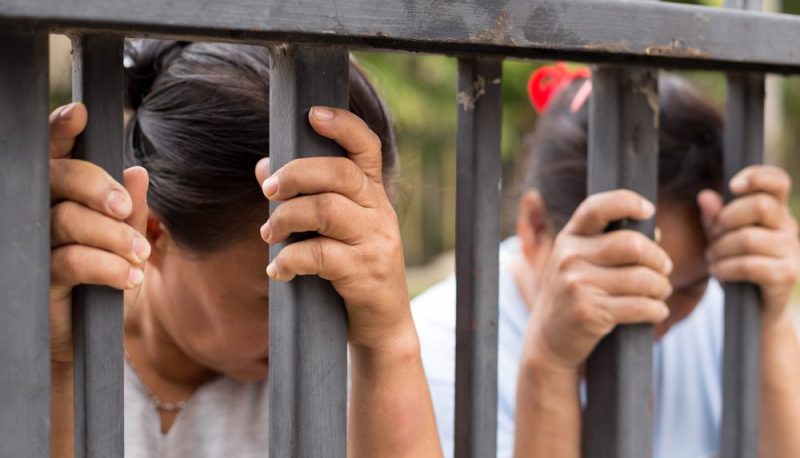Trump Justices Neil Gorsuch and Brett Kavanaugh cast deciding votes in a 5-4 “shadow docket” order that refused to stay a Trump district judge decision that forced the continuation of a harmful trump immigration policy. All 4 female justices, including new Justice Ketanji Brown Jackson and Justice Amy Coney Barrett, dissented. The case marked Justice Jackson’s first vote on the Court. The July 2022 order was in United States v Texas.
What happened in the lower courts?
As part of its efforts to improve harsh Trump immigration enforcement policies, the Biden Administration set priorities for immigration enforcement. Rather than trying to detain and deport as many immigrants without papers as possible, the Administration directed that enforcement agents focus on those who pose “threats to public safety and national security” in order to best use scarce resources. But far right Republican states challenged the revised policy in court.
A challenge by Texas and Louisiana came before Trump district judge Drew Tipton. Tipton had issued previous orders seeking to strike down Biden immigration policies. He did the same in this case. He ruled that the prioritization policy violated federal immigration law. He ordered that the government must return to the Trump policy of trying to deport as many immigrants without papers as possible, even if they had been living in the US for years without problems. Tipton made his order effective across the country.
Tipton’s order drew immediate criticism. As one expert explained, such a ruling effectively overturns a “century of precedent” giving the Executive discretion on enforcement issues. It effectively forces the Administration to “lock up many immigrants” who are “long-time members of their community” and pose no threat. One advocate suggested that Tipton and some other Trump judges have effectively formed a “shadow Trump administration” that has blocked improved Biden immigration policies. In fact, in a case almost identical to this one, a unanimous Sixth Circuit appellate court upheld the Biden priority policy.
The Fifth Circuit refused to stay Tipton’s order ending appeal. The Justice Department asked the Supreme Court to stay the injunction and review the case. The Justice Department criticized the nationwide scope of Tipton’s order. It also explained that it was “disrupting DHS’ efforts to focus on the noncitizens who pose the gravest threat” to national security and public safety.
What did the Supreme Court do and what are the consequences?
In a 5-4 unsigned “shadow docket” order without explanation, the Supreme Court majority refused the DOJ request. As a result, Tipton’s nationwide order will stand for now. Justices Sotomayor, Kagan, Barrett and Jackson dissented and would have stayed Tipton’s order.
The Supreme Court did, however, agree to review Tipton’s ruling and set argument for early December. We do not know when the Court will actually decide the case. But the case will become an important test of whether Trump Supreme Court justices will approve the troubling pattern of Trump district court orders seeking to become a “shadow Trump Administration” and block reformed immigration policies.

